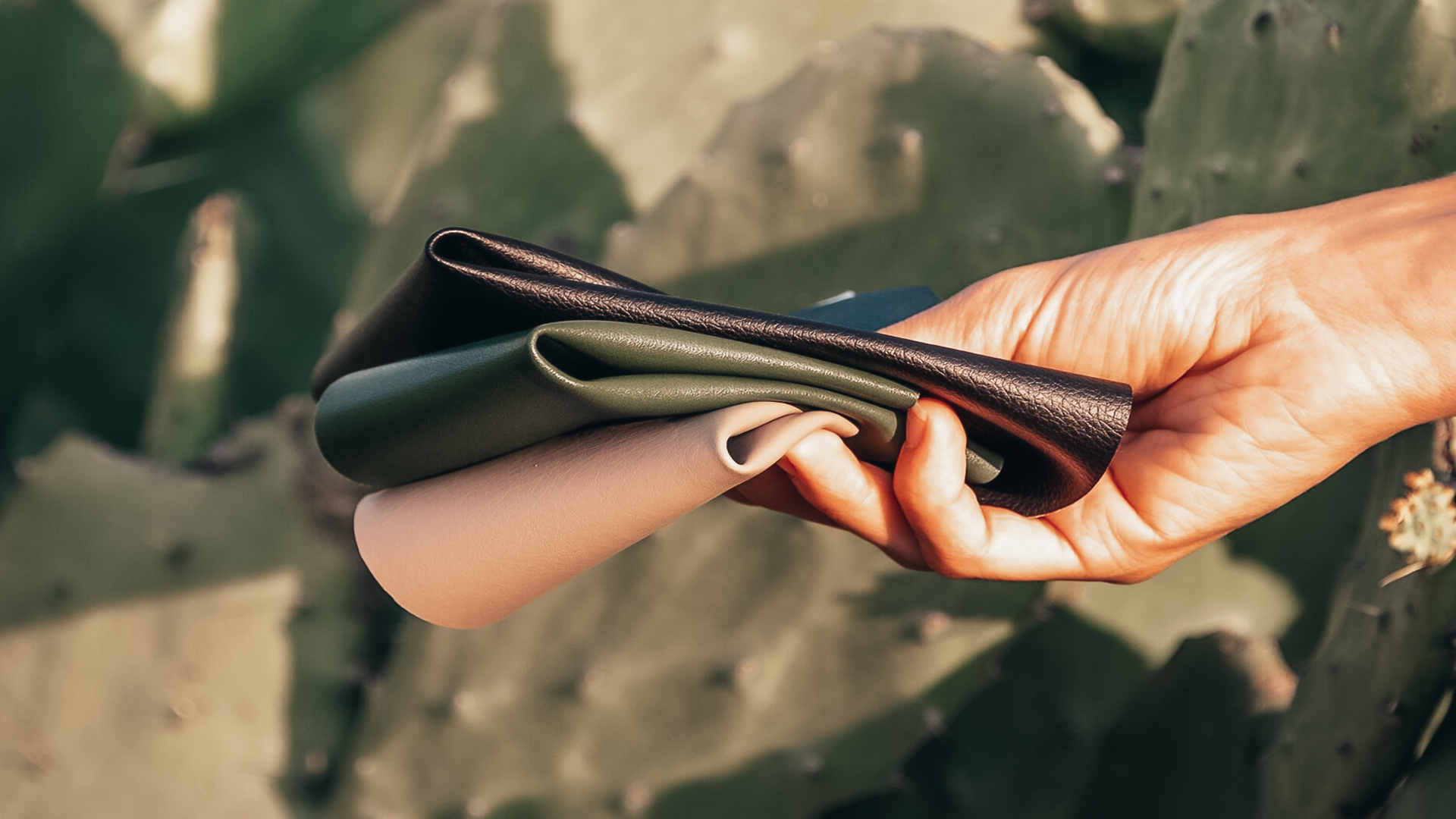More and more consumers committed to environmental care are looking for cruelty-free materials. The creation of new alternatives to replace animal leather and synthetic fur through technological innovations will make the fashion industry more sustainable.
Damage to the environment
Traditional leather is a material made from animal skin. It is used in fashion for the manufacture of garments, shoes, bags, or other accessories.
The production of this type of leather is very harmful to the environment and human health due to its highly toxic tanning and dyeing process, added to the methane emissions it causes.
For its production, a large number of chemicals are used that pollute rivers and soils since the surrounding environment is usually not protected.
It is also one of the main causes of deforestation, causing a great loss of biodiversity, and contributing to global warming since fewer trees absorb carbon dioxide.
Needless to say, the mistreatment animals receive is part of the process.
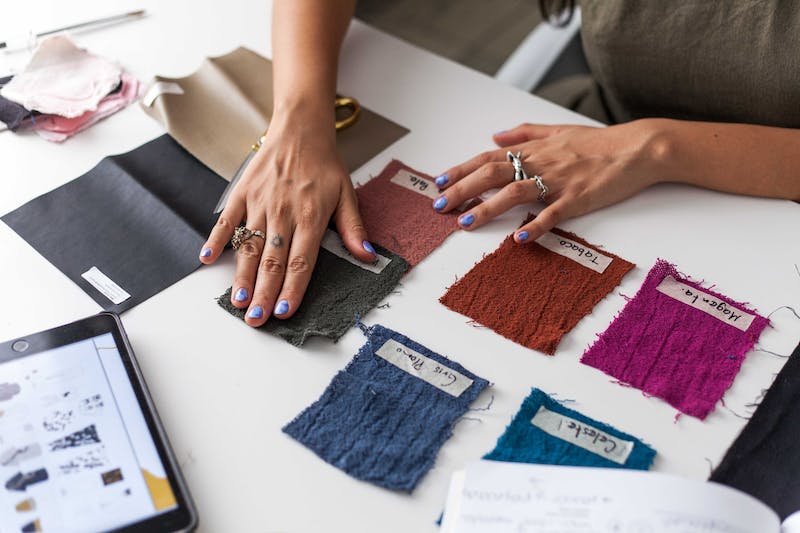
Faced with concern for our planet, consumers are opting for alternatives to traditional leather and the textile industry is responding to such demand.
According to the non-profit organization Material Innovation Initiative, the global faux fur market is expected to reach $78.5 billion by 2025.
However, this artificial skin comprises synthetic fibers covered in plastic material, such as polyurethane (PU) and polyvinyl chloride (PVC), both derived from fossil fuels, which harm human and animal health when their toxins enter the air, water, and soil.
Revolution in fashion
Fortunately, innovative alternatives that replace animal and synthetic leather can be found in the market. Materials based on fungal mycelium, chitosan, or lignocellulosic are becoming more common every day.
For example, one of these alternatives to leather is Mirum. It is a 100% plant-based material that does not contain plastic and can be recycled or converted into fertilizer.
Although next-generation materials are commonly associated with plant-derived leather as the main input, for example, pineapple (Piñatex® from Ananas Anam), grape (from Vegea), mango (from Fruitleather Rotterdam) and apple (from Frumat), many different technologies and mediums are part of the reinvention of state-of-the-art materials.
Material Innovation Initiative
Apple leather
AppleSkin is an alternative to leather derived from apple waste.
Frumat, the company behind this material, retrieves discarded hearts and skins from the apple processing industry in Italy.
To make the leather, the waste of the fruit is dried and ground into a powder that is later mixed with pigments and adhesives. Then, it is spread on a canvas where it is combined with polyurethane until it becomes a leather-like material.
This material is 100% cruelty-free and due to its low environmental impact, it has obtained USDA certification as a bio-based product.

Plant-based leather
Jungley creates plant-based products by working alongside reforestation partners around the world to plant a tree for every item sold.
They have developed their range of leather made from real leaves that are known for being strong, resistant, waterproof, and durable.
In addition, all their items are vegan, cruelty-free, sustainable, and made in harmony with nature. The company’s mission is to “help the Earth breathe again.”
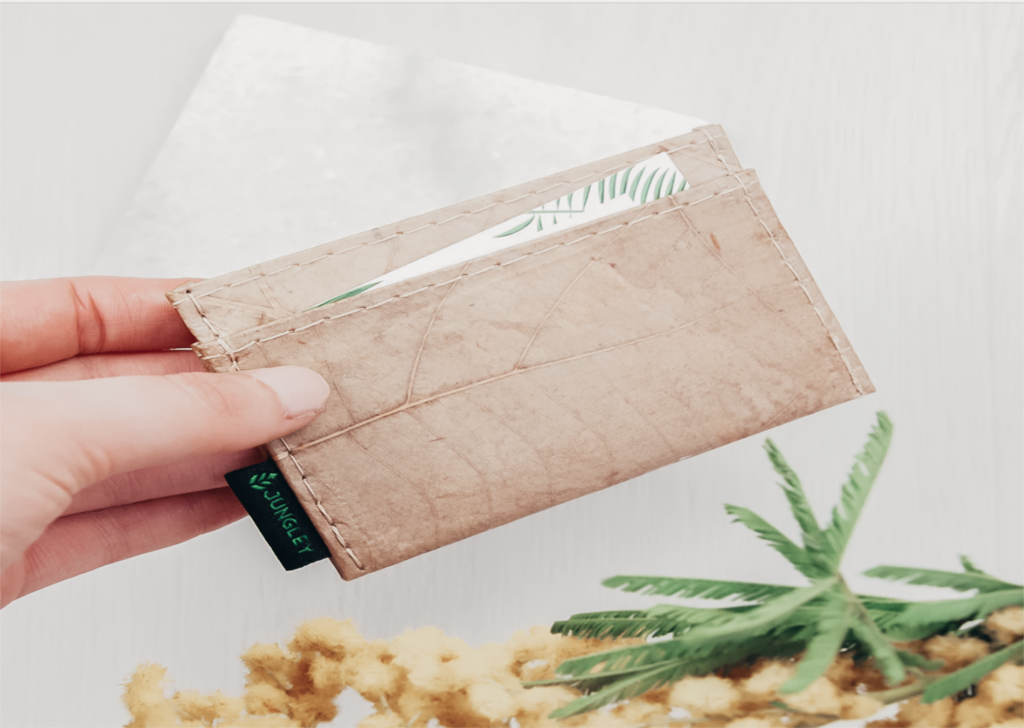
Grape-based leather
Leather created from grape skin is an innovative material. It is a sustainable alternative as it has a lower environmental impact than traditional leather.
This product is made from grape leftovers that are discarded during wine production, like the seeds and skin.
Chemicals or hazardous substances are not required in its production process. It is characterized by its high content of recycled, and renewable raw materials.
Therefore, it is biodegradable and emits low quantities of CO2, which makes it more environmentally friendly, 100% vegan, cruelty-free, and PETA-approved.
Vegea is a material made from grape scraps from wine production in Italy that has been certified by Global Recycled Standard. Firms such as Ganni or H & M have partnered with this Italian brand to use this material.
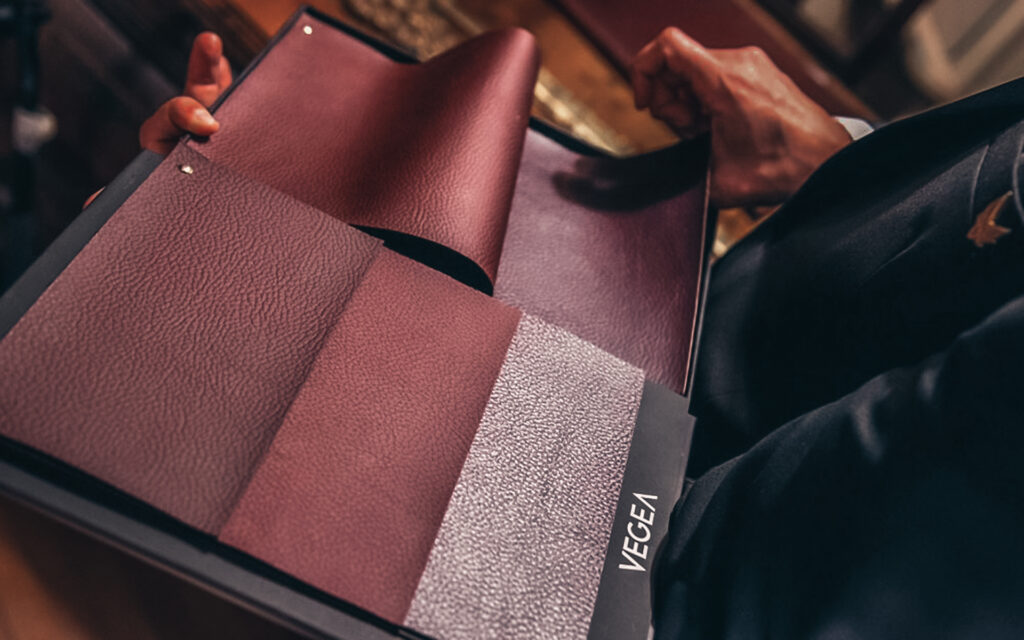
The cactus turned into leather
Cactus leather is a great alternative to animal leather as its manufacturing process is less harmful to the environment.
It uses less water; requires less energy, and no animal products are used in its production.
Besides, like all plants, indian figs are carbon sinks, absorbing and storing more carbon dioxide from the atmosphere than they release.
Desserto® is one of the pioneers in the textile industry that has developed an alternative to leather made with indian figs.
Its material of plant origin is usually distinguished by its great softness to the touch.
They aim to offer sustainable alternatives free of animal cruelty, without toxic chemicals.
H&M and Adidas are among the brands that have collaborated with Desserto.
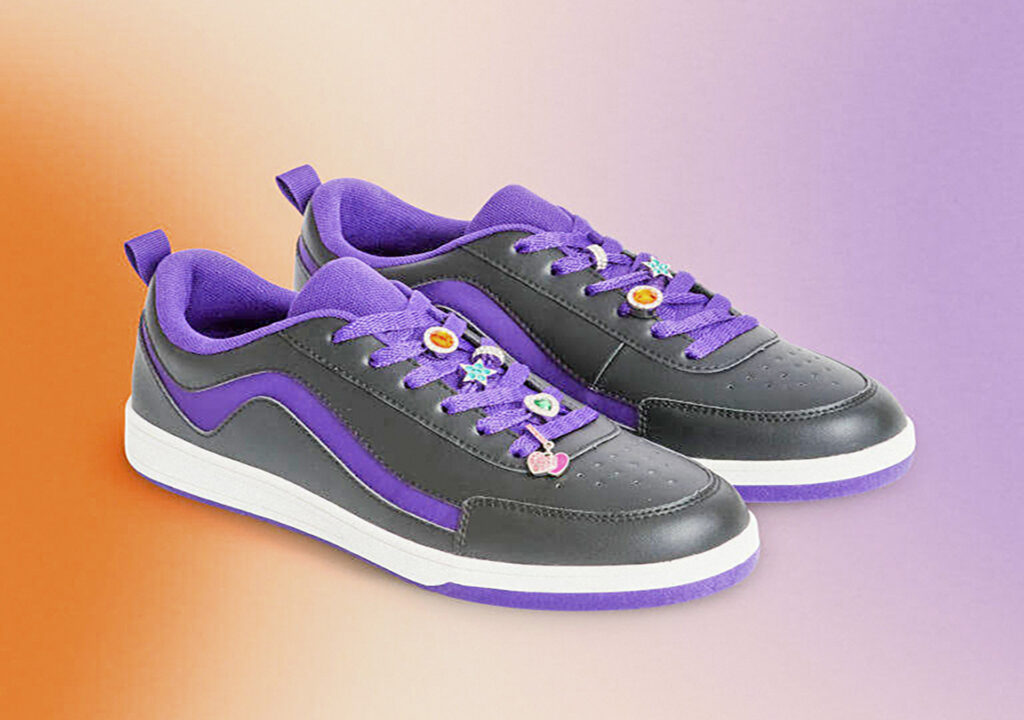
Leather from pineapple leaves
Leather created from pineapple leaves doesn’t require much water, fertilizer, or pesticides to produce.
It is renewable, compostable and also very versatile, and easy to dye.
Ananas Anam is the company behind Piñatex®an innovative alternative made entirely from pineapple leaves, an agricultural waste product.
The fibers of the leaves are dried and then fused to form this natural leather.
The use of leaf fiber provides the opportunity to build a scalable commercial industry for the development of farming communities, with minimal environmental impact.
Both H&M and Hugo Boss have collaborated with Ananas Anam.
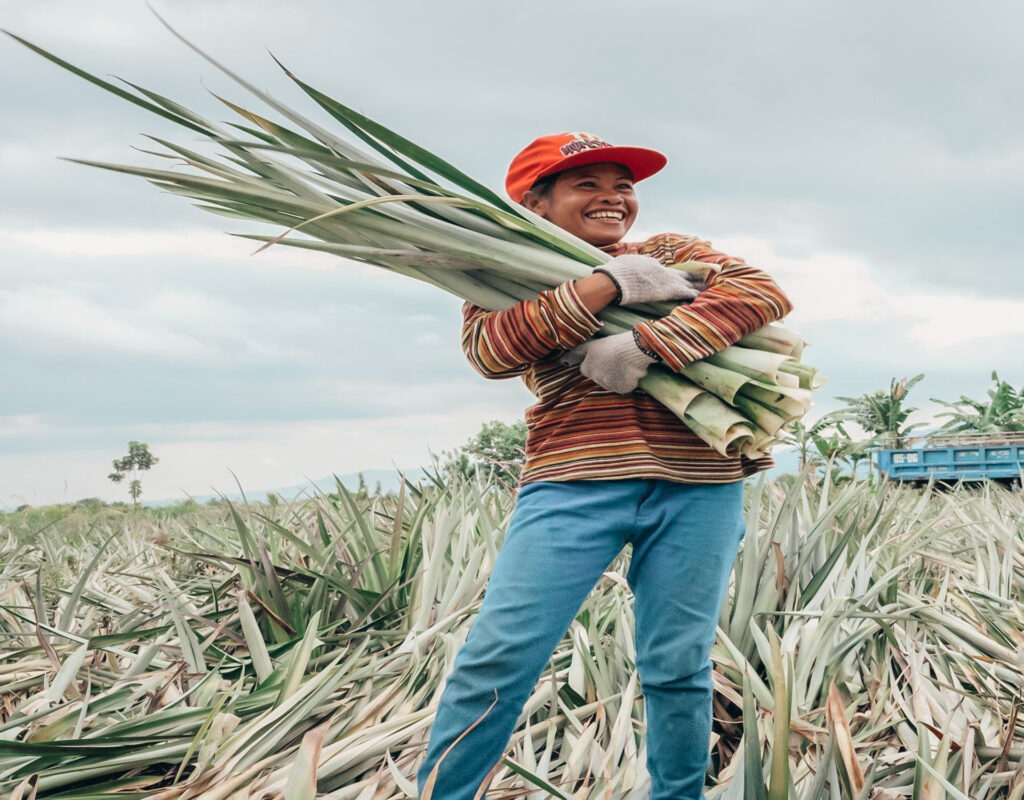
Sustainability today is not an option but an obligation
Alternatives to traditional leather are gaining traction in the market, but many are covered with harmful products to ensure durability, are not biodegradable, or are difficult to recycle.
And while many use waste raw materials, the lack of options for disposal at the end of their useful life means that they are not circular materials either.
Materials innovation company von Holzhausen created Liquidplant, a solution to make vegan leather and other materials more durable without using chemicals.
The important thing is that interest in alternative leather continues to grow. Luxury brands such as Gucci are designing products developed in-house or in partnership with technological innovation companies, allowing them to preserve the life of animals and the planet.


